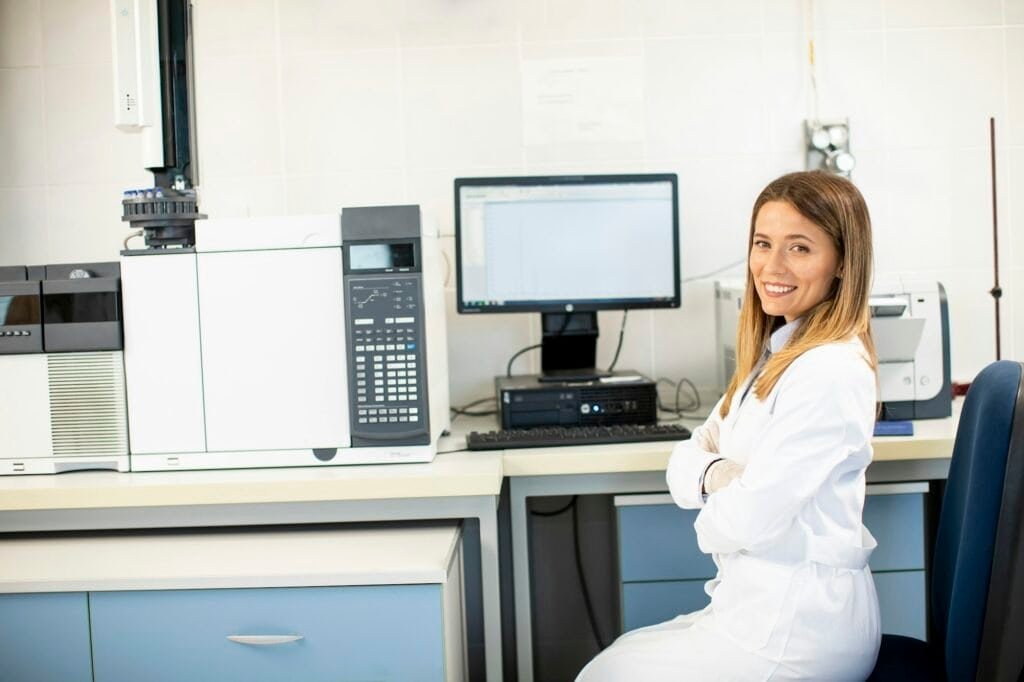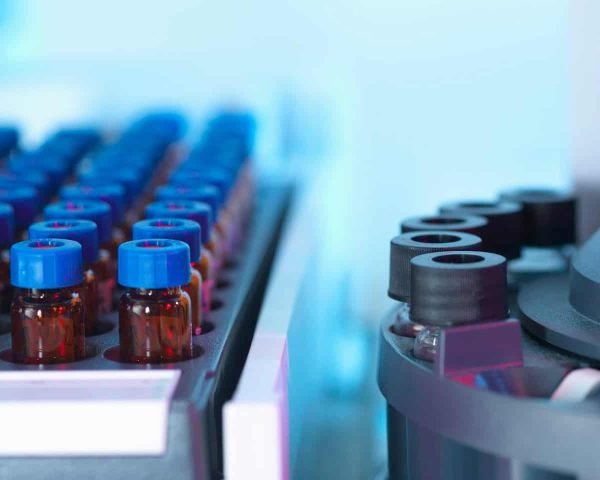Introduction
Hydrophobic interaction chromatography (HIC) is an essential tool for purifying proteins, peptides, and other biomolecules in both research and industrial applications. Whether you’re working with recombinant proteins or monoclonal antibodies, understanding HIC’s principles can drastically improve your purification process.
In this article, we will delve into the details of HIC, its applications, and key considerations for achieving optimal results. Do you think you’re utilizing HIC to its fullest potential? Let’s find out together.
What is Hydrophobic Interaction Chromatography?
HIC is a powerful technique used primarily for separating molecules based on their hydrophobicity (their affinity for water). By exploiting the differences in hydrophobicity, HIC enables the purification of biomolecules like proteins and antibodies, often following techniques like ion exchange chromatography. In HIC, proteins interact with a hydrophobic stationary phase under high-salt conditions, with the strength of interaction determined by their hydrophobic nature. What do you think – how crucial is this property for biomolecule separation?
Basic Mechanism of HIC
The primary mechanism behind HIC is the use of high salt concentrations to promote hydrophobic interactions between the biomolecule and the chromatography matrix. As the salt concentration is reduced, proteins with stronger hydrophobic interactions bind to the stationary phase, while those with weaker interactions elute first. This simple yet effective mechanism is widely used across many industries, from biotechnology to pharmaceuticals.
Key Applications of Hydrophobic Interaction Chromatography
HIC is ideal for purifying large biomolecules like antibodies and enzymes, as well as small peptides. Let’s explore some common applications:
1. Protein Purification
Protein purification is one of the most common uses of HIC, particularly in biotechnology and pharmaceuticals. After a protein sample is cleaned using techniques like ammonium sulfate precipitation, HIC serves as an excellent step to isolate the target proteins from unwanted contaminants. Have you considered how HIC could streamline your protein purification?
2. Antibody Purification
Monoclonal antibodies (mAbs) are crucial for therapies in cancer treatment, immunology, and beyond. HIC plays a role in isolating high-purity mAbs, as their hydrophobicity differs from that of host cell proteins or other impurities. By carefully adjusting salt gradients, you can efficiently separate these antibodies, ensuring purity for therapeutic use.
3. Peptide Mapping and Analysis
HIC is also effective in peptide mapping, where it separates peptides based on their hydrophobic nature. This is important for analyzing protein structure or verifying the purity of synthetic peptides. Do you think peptide mapping could benefit your work?
Choosing the Right HIC Resin

The resin you select for HIC plays a pivotal role in determining the efficiency and effectiveness of your separation. There are various types of resins available, each offering unique characteristics to suit different applications.
1. Capto™ HIC Resins
Capto HIC resins are well-regarded for their high-flow properties, which improve throughput in both lab-scale and large-scale processes. These resins are designed to accommodate a broad range of biomolecules, making them a versatile choice for various applications.
2. Selecting the Correct Resin
The choice of resin depends on factors such as the size of the molecule being purified, the required resolution, and the expected yield. For example, Capto™ Butyl resin offers moderate hydrophobicity, which is ideal for separating moderately hydrophobic proteins from other components.
Optimizing Conditions for Hydrophobic Interaction Chromatography
Understanding the conditions under which HIC works best is crucial for success. From salt concentration to pH levels, optimizing these factors will ensure you achieve the best possible separation.
1. Salt Concentration and Elution
Salt plays a critical role in HIC. High concentrations of salt help proteins maintain their hydrophobic interactions with the resin. As the salt concentration is gradually reduced during elution, proteins with weaker hydrophobicity are eluted first, leaving behind those with stronger interactions.
2. Buffer and pH Optimization
Most HIC processes use buffers like sodium phosphate to maintain a neutral pH between 5-7. The pH affects both the protein’s structure and its interaction with the hydrophobic resin. Have you tried experimenting with different buffer conditions to see how your proteins respond?
3. Temperature Control
Temperature can significantly affect hydrophobic interactions. Lower temperatures generally promote better protein solubility and reduce the likelihood of aggregation, making temperature control a key consideration in your HIC process.
Challenges and Troubleshooting in HIC
While HIC is a reliable and versatile technique, it’s not without its challenges. For instance, proteins that are highly hydrophobic might bind too strongly to the resin, making it difficult to elute them. If you encounter such issues, adjusting the salt gradient or using additives like detergents might help.
1. Protein Aggregation
In some cases, proteins may aggregate during HIC due to high salt concentrations or incorrect pH levels. This could result in incomplete separation or poor yield. Monitoring your sample carefully and adjusting conditions as needed can help prevent this.
2. Non-specific Binding
Non-specific binding can also occur, especially with impurities that have similar hydrophobic properties to your target protein. It’s essential to fine-tune the conditions (salt concentration, pH, temperature) to minimize these interactions.
Future Trends and Advancements in Hydrophobic Interaction Chromatography

HIC is continuously evolving, with new resins, techniques, and advancements making it more efficient and scalable. Recent improvements focus on increasing throughput, reducing sample loss, and enhancing the specificity of separation.
1. Automation and High-Throughput Screening
The integration of automation in HIC allows researchers to screen multiple conditions in parallel, improving the efficiency of the purification process. High-throughput screening (HTPS) is becoming increasingly common in labs that require large-scale biomolecule purification.
2. Enhanced Resin Technology
New resins with higher capacity and improved flow properties are making HIC even more scalable. These advancements are particularly beneficial for large-scale manufacturing processes in industries like pharmaceuticals, where high purity and high yield are critical.
Conclusion
Hydrophobic interaction chromatography is an invaluable technique in the world of biochemistry and biotechnology, offering precise, reliable, and scalable methods for protein purification. By understanding the mechanisms behind HIC, selecting the right resins, and optimizing your conditions, you can significantly improve your purification processes. Do you feel ready to enhance your chromatography skills and achieve better separation results? The next step is yours.











